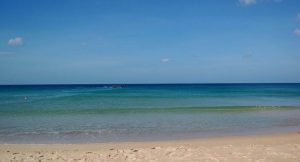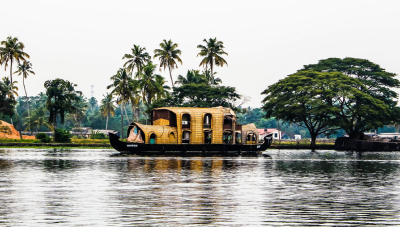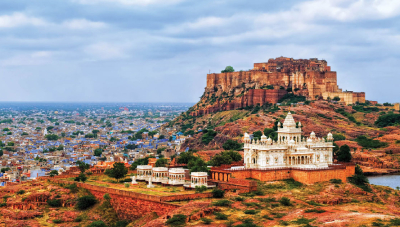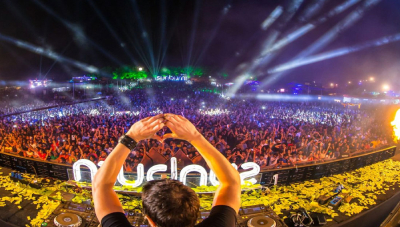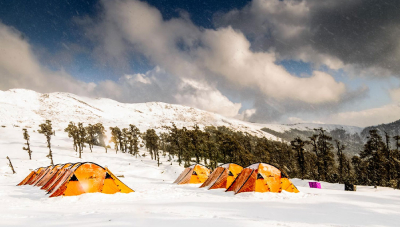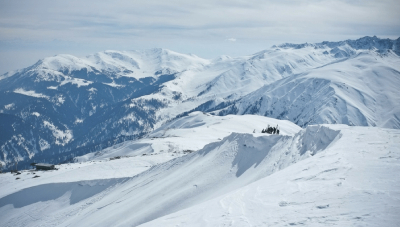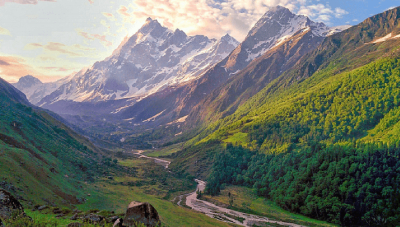Trekking is an activity that involves covering a journey on foot, especially through destinations that can be offbeat, rough, and rugged. Popular places to trek in India often include the high altitude, snowy regions of the Himalayas, known for their rugged terrain, cool weather, along a scenic backdrop. But given their location, they are also prone to adverse and sudden changes in weather, making trekking in this region of the country challenging.
In a tragic incident that involved the death of trekkers in the mountains of Uttarakhand’s Uttarkashi, nine out of the 22 trekking participants have died. The group that headed out for a 35 km trek to the Silla – Kushkalyan – Sahastra Tal route was faced with adverse weather conditions that made their journey an extremely difficult one. Out of the 22 member group, that involved trekkers from Karnataka, Maharashtra, and trekking guides, a total of 13 trekkers were able to be rescued, majorly with the help of the Indian Air Force.
This incident brings to light the concerns regarding trekking higher up in the snowy mountains. Is trekking really an unsafe adventure to undertake? And if so, then what makes this adventure so popular?
How Can You Have a Safe Trek? Consider the Following Tips Before Embarking on a Trek to the Himalayas:

Though a challenging activity, trekking does not inherently have to be an unsafe or dangerous expedition. With precautions and understanding some things before heading out for your trek can be beneficial. Here are some of the things you can keep in mind for a safe trekking experience, no matter where.
- Know your trek: Before beginning your trek, it is important that you make yourself familiar with the trekking route, the terrain, the weather in the region and dangers you might face enroute.
- Choose a trek that’s for you: It is essential to understand that not all treks are suitable, or can be attempted by everyone. While it is fun to have an adventurous trek, it is also necessary that you gauge yourself according to your mental and physical fitness and then decide on a trek that’s most suitable for you.
- Keep an eye on the weather: For a safe trek, especially in high-altitude regions where the weather can oftentimes be unpredictable, it is advisable to keep an eye on the weather forecast, before and during the trek, whenever possible to avoid any major calamities.
- Pack light: For any kind of trek, it is necessary that you only bring with you only the essentials needed for the duration of your trek, and carry appropriate clothing for the season as well, since you will be carrying yourself, your trekking gear if any, and your essentials along with you throughout the trek.
- Carry essentials: Trekking in remote regions can make it harder for you to find things you may need during an emergency, therefore it is advisable to carry things that you require, such as a first aid kit, medicines, dry food, water, etc.
- Hydration is the key: Traveling higher up in altitude means traveling closer to the sun, making it sometimes hot for you, and posing a risk for sunstroke as well. Apart from this, it is also necessary to stay hydrated since you will be moving quite a lot during your trek, making it essential to carry and consume adequate water.
- Inform people about whereabouts: Going on a trek to escape from your routine life is ideal, but it is also ideal to let your friends and family know about your whereabouts, and details about the trek for a safe experience, even if you are not trekking alone.
- Choose a trusted tour guide: Avoid going for risky treks alone, and when you do go in groups, make sure it is with a trekking company that has experience and knowledgeable guides that will not cut corners but will make sure you have a safe trek all the way through.
- Don’t cut corners: When opting for a trekking tour package, make sure you don’t fall for the ones that offer prices and deals that sound too good to be true. Compromising on safety for the sake of a cheaper priced trekking tour might often do more harm than good.
Trekking through dense forests or high hills can be a great learning experience that can offer you great memories, and life skills that will last you a lifetime. But as fun as it is, it is also essential that you take all the necessary precautions to make this journey a safe one, for you and your fellow trekkers. With our tips, we hope you will find yourself bracing a trek in the cold, snowy region of the Himalayas.

 +91-9212777225
+91-9212777225 Plan Your trip
Plan Your trip












